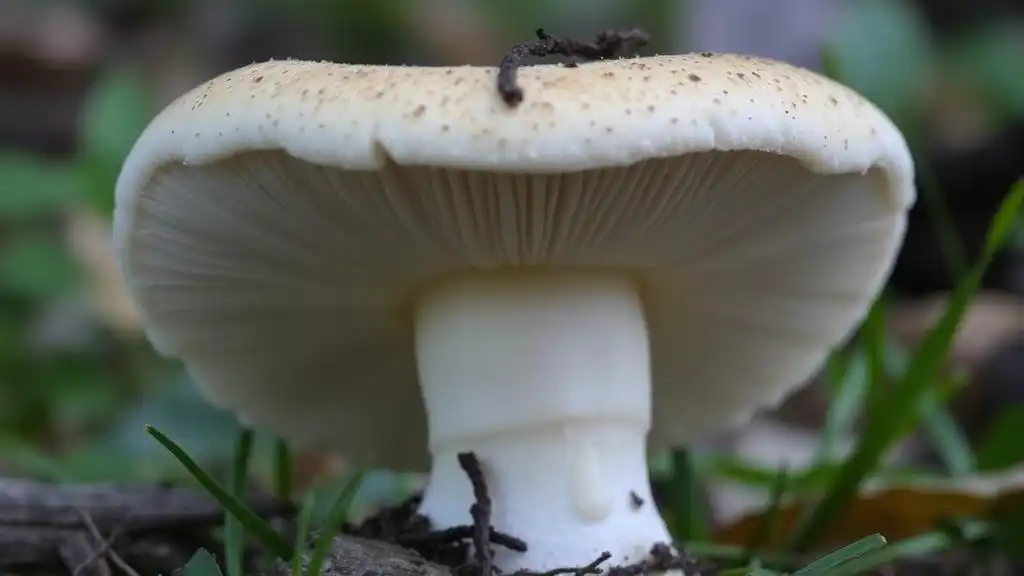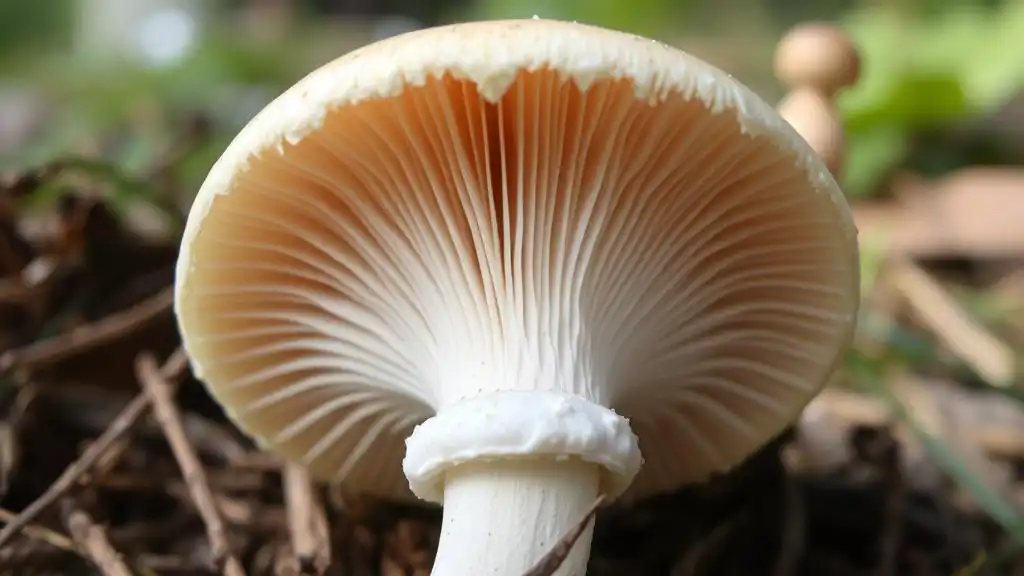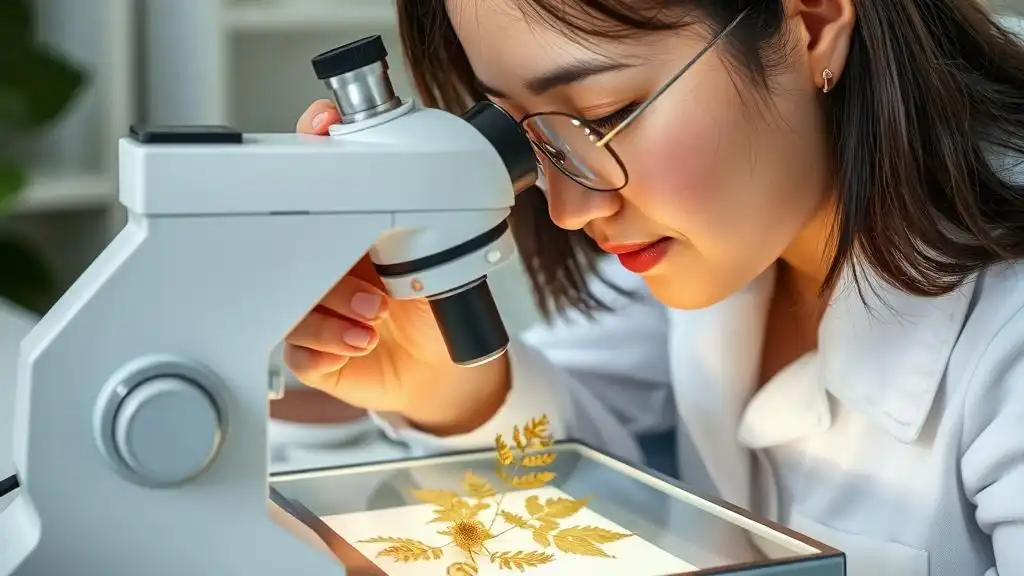Beneath Mushroom Caps — Gills, Pore Structures, and More

Mushroom hunting is surely an amusing experience, yet understanding its basics is essential for you not to fall into the trap of hazardous lookalikes. Among a wide range of features to be looked for, one should pay special attention to the spore-producing tissue usually located under the cap. Its name is hymenium.
Mushroom hunting is surely an amusing experience, yet understanding its basics is essential for you not to fall into the trap of hazardous lookalikes. Among a wide range of features to be looked for, one should pay special attention to the spore-producing tissue usually located under the cap. Its name is hymenium.
Hymenium may differ, and this is definitely the most illustrative trait of the majority of fungi that can tell you more than colors and shapes alone. So, what are mushroom gills and are there any other alternative structures that can reveal the true nature of a mushroom? Follow our material and explore the kingdom of fungi with pleasure, not worries in your mind.

What Do We Mean by Hymenium?
Mushrooms are peculiar formations that possess a distinctive element, hymenium, that refers to a crucial, yet often missed part of the plant’s anatomy. In essence, it is a layer of tissue generally found on the underside of the mushroom cap that produces and bears spores that are to be spread further.
The most interesting thing is that hymenium might appear in different forms and textures, which are unique for each mushroom species. With such knowledge, one may correctly identify true and false fungi and collect the edible instances only. So, what are the gills of a mushroom? How many different forms are there?
The Most Common Hymenium Forms
As we have stated before, hymenium can be different. Nevertheless, there are some common patterns that identify mushroom types and differentiate similar species, one from another. Let us take a look at the most widespread structures and enumerate a few prominent representatives of each group.
Gills
When one imagines a mushroom, the first concept that comes to mind may contain a typical fungus consisting of a stalk and conspicuous cap with gills underneath. What are the gills on a mushroom? Gills, scientifically known as lamellae, are thin, rib-like papery structures that radiate outwards from the stem and ensure a larger surface area for spore production.

Gilled mushrooms generally comprise the most familiar species of fungi, e.g., the Agaricus genus, though they may sometimes mislead foragers. While true chanterelles, for example, have a gill-like texture (=fake gills), false chanterelles have structurally different ridges. This is why it is vital for a mushroom hunter to know how to distinguish true gills from false ones so as not to jeopardize health and life in general.
… by the way, identification!
The best way to navigate the fungi kingdom is to employ quick and ubiquitous platforms for accurate plant identification. AI Plant Finder is one of those applications that can provide one with various useful features, and plant ID is indeed included.
Walking through the forest for the sake of mushrooms, one should always be aware of what they pick up. So as not to fail, we recommend that you have AI Plant Finder available all the time. Just install the app on the smartphone, grant permission to access the camera, take some pictures of a mushroom right in the app, wait for the system to analyze the content, explore the results, and enjoy respectful and safe mushroom hunting ever since.
Besides, for those who take care of the gardens on a daily basis, AI Plant Finder may become a great assistant with its water calculator, illuminance meter, customizable plant care reminders, garden log, disease ID, and more. Join a community of like-minded and mutually share your experience to take the best out of your work.

Pores
Instead of gills, mushrooms may feature pores that form a spongy layer with tiny tubes that release spores. Not the best thing to look at for people with trypophobia. This might be observed in boletes (e.g., porcini mushroom) and polypores (e.g., reishi mushroom), and the latter boast no poisonous species of fungi.
Teeth
Teeth, or spines, represent another mechanism of spore dispersal. As such, these mushrooms (e.g., hedgehog mushrooms) have downward-pointing spines that release spores, which are easily identified, even from afar. In fact, any spore-releasing surfaces serve the same purpose and have similar conditions for the mushrooms to develop into mature species.
Some Unique Patterns to Mention
Though the most popular forms usually come down to gills, pores, and teeth only, there are some other species with different surface patterns that cannot be categorized or related to other, already existing groups.
Hence, for example, some fungi like polypores and jelly mushrooms have a smooth surface with no additional formations under the cap. Puffballs, though, gain popularity thanks to their appearance and texture, but do not have such a surface on the external part. Inside, the spores can be released via the only hole at the top of a mushroom.

As the Last Words
When preparing for a hunt, it is always important to learn a bit more about the fungi kingdom and get all the necessary tools ready for the upcoming event. Understanding various hymenium forms and unique patterns is crucial for one to efficiently classify a plant and let it thrive.
Read special guidebooks for the local natural world, check the AI Plant Finder app, and keep in mind that mushroom hunting always requires concentration, thorough preparation, and great volumes of love. Wish you luck!
Share:
Read More
Identify Any Plant, Diagnose Every Disease
Download Our App Now!

